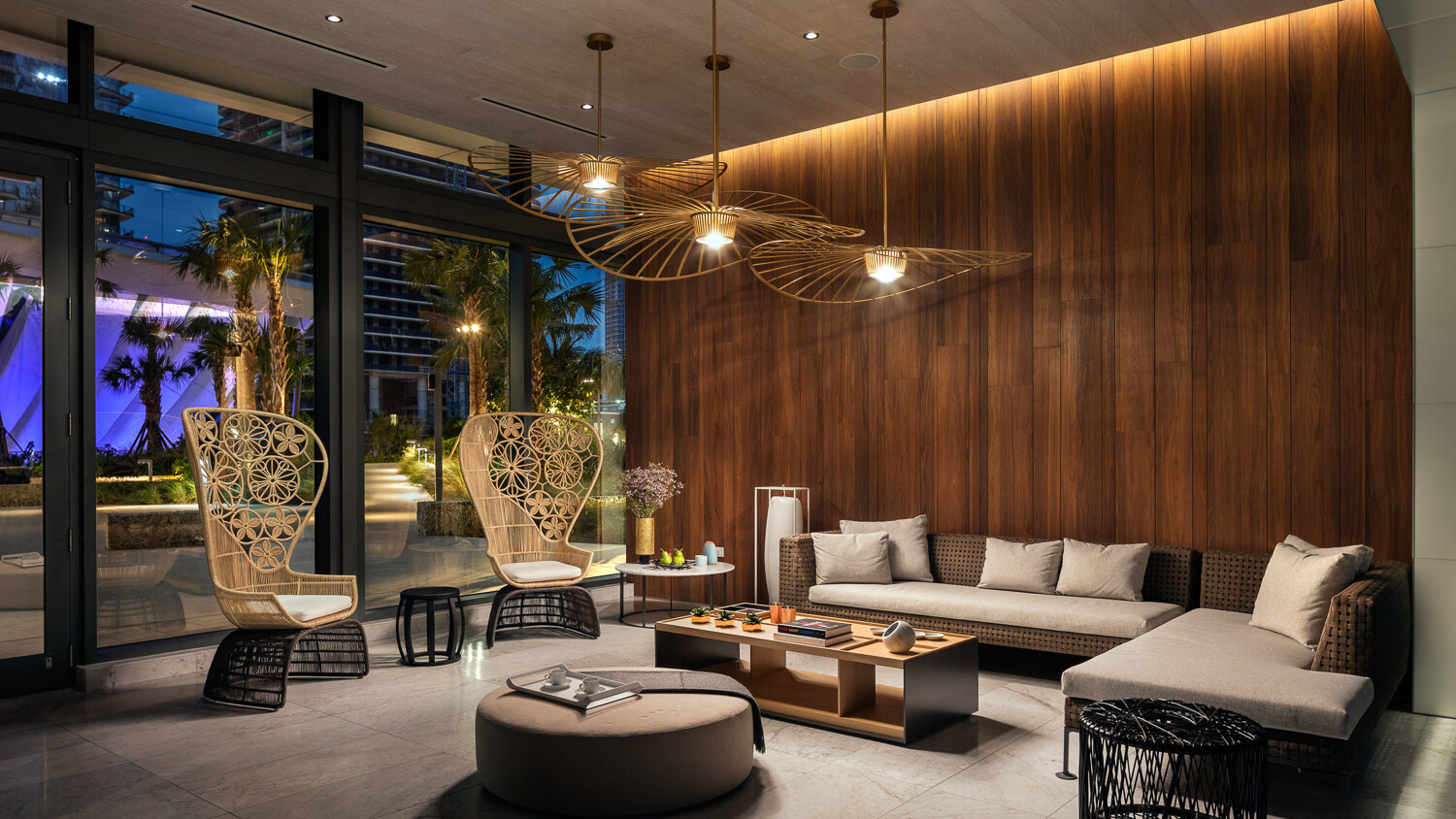Should You Use Artificial Light for Architectural Photography?
Yes, no, maybe so! There are so many specific use cases and I get asked nearly daily. “Why did your style change?” “Did you use lights on this?” “Wow I love this natural style you’re using nowadays” “Why don’t you shoot like you used to?”
At the beginning of my career I didn’t really know what I wanted to shoot… just that I wanted to shoot. Hotels, houses, commercial projects, real estate, as long as I was taking pictures I was happy. As my career matured and I figured out what I really enjoy photographing, I’ve become much more judicious in how I apply lighting depending on the subject matter and the intended usage of the photos.
As time passed, I also had a realization that I liked the photographic process much more than the post-production process. While I grew up a computer nerd, as I’ve aged I’ve kinda, well…gotten over it. After a herniated disc in my back circa 2010, sitting at a desk for hours on end hurts. The older I get the harder it is. I’d much prefer to be taking pictures, staying limber, getting outside – instead of sitting in front of the computer.
I also travel all the time to take pictures. If you’ve ever traveled with a boatload of lighting and grip equipment, you know how old it gets. Now do it week in and week out. Now make sure your luggage gets re-routed to Sioux City when you’re supposed to be in Knoxville and you begin to see the issues. Or even worse, have it get stuck in customs. My blood pressure is already rising.

Schlepping tons of equipment with a bad back and dealing with the domestic airport experience at the same time is not fun. So over the years I have, almost naturally in a way, gravitated towards projects that require 1. less post production and 2. less equipment. This led me naturally (heh) in the direction of more pure architecture photography. My main kit at this point consists of one checked bag with two tripods, a Profoto B10, 30 feet of black cloth, and some A-clamps for 75% of what I do.
I’ve found a nice balance with the projects I shoot – most of them offer me the luxury of waiting to get the right light in the camera rather than have to fight harsh daylight with 10,000 watts of strobe. I do occasionally still shoot hotels and often you are at the mercy of the hotel’s schedule to make your pictures happen – and out comes the lighting kit! It’s super hard to make a boxy hotel room with one window overlooking an industrial park look good with just natural light.
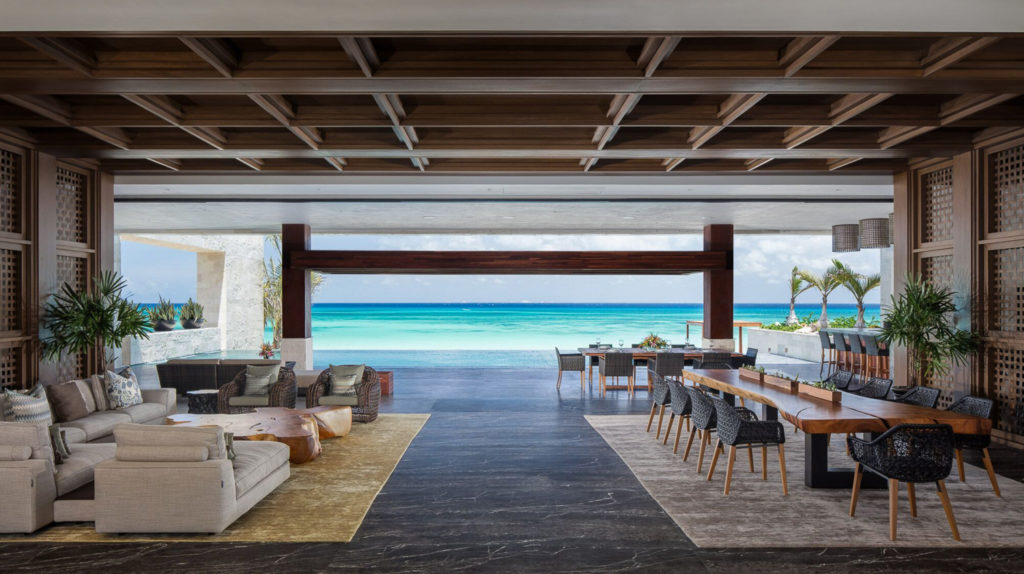
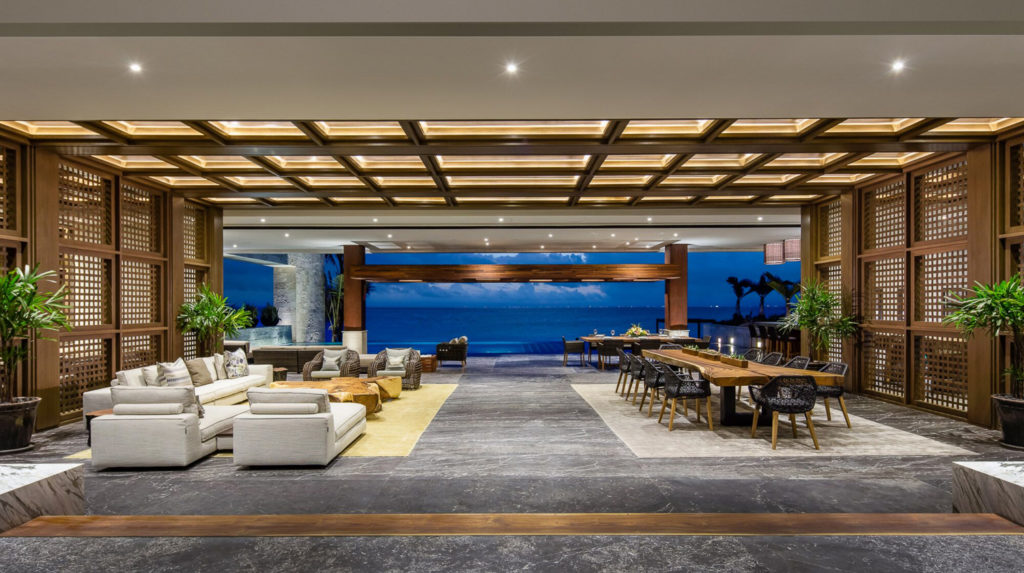
I haven’t even mentioned the aesthetic that most hotels prefer – light, bright, airy, crisp and contrasty – which is much easier to achieve when you have the luxury of strobe light at the wrong time of day than hail-mary’ing something with no lights at the wrong time of day and trying to piece it together back at the computer.
So, in short, you need to find what you love to shoot. Maybe it’s hotels – nothing wrong with that, as they can pay great and take you to far-off destinations all over the globe. Maybe you’re a family guy and want to stay local, so you pick up 5-7 real estate gigs a week and make great money using speedlights or an N-flash (or whatever the latest flavor of the week light is) to move quickly.
Below, I’ve outlined my approach to photographing different types of architecture and how I’ll light each of them.
Architecture photography
I don’t use a lot, preferring to get it in camera with the right light – we have all day. Occasionally there are times when I can’t overcome a blooming window, I’m shooting a wine cellar, or the light just sucks and out come the Profotos. Sometimes I’ll use it to bring out some subtle texture in wood or furnishings, too. I’m generally very sly and gentle with it when photographing architecture – I want it to look like it looks in real life, not rendered or exaggerated.
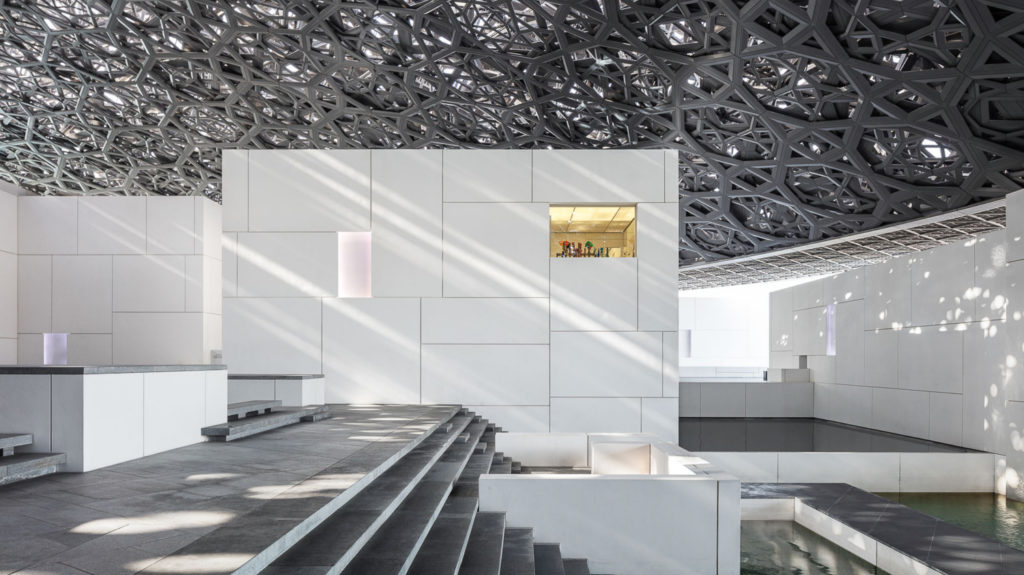
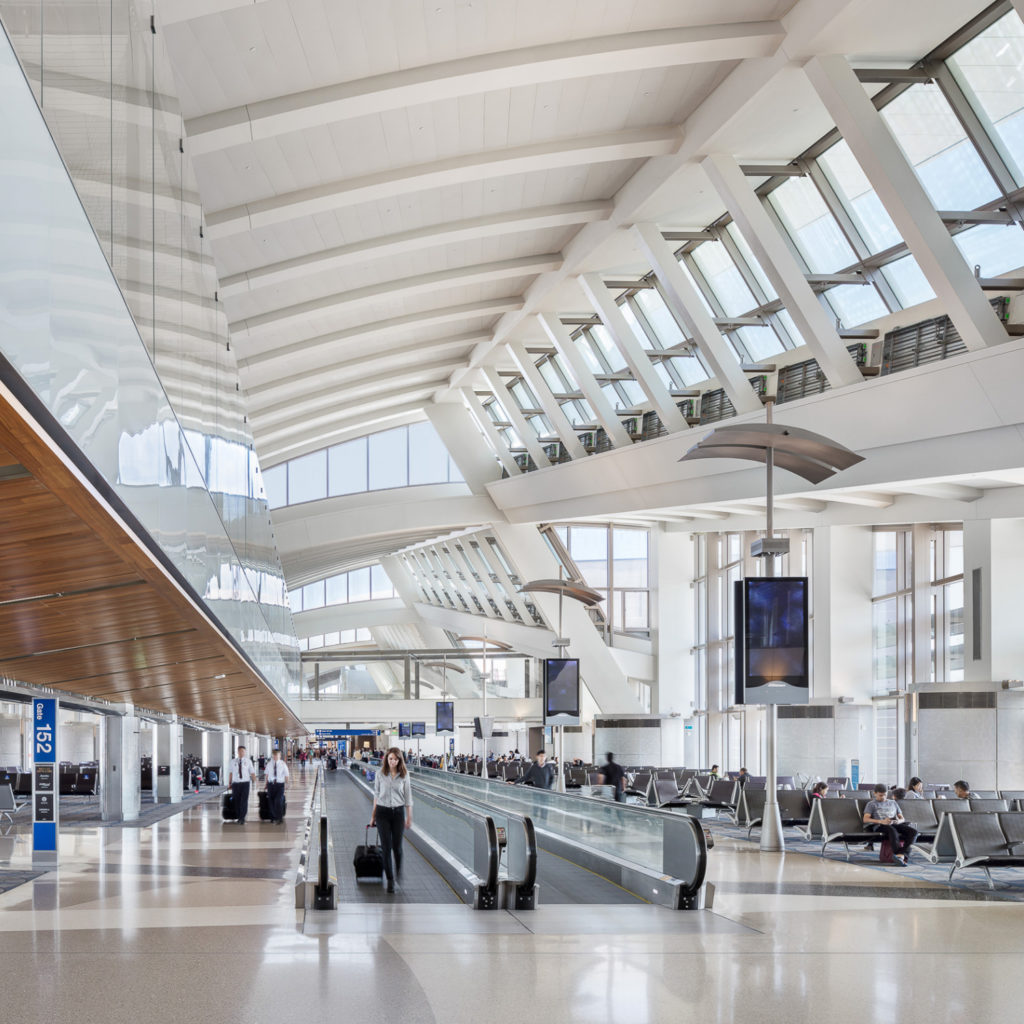
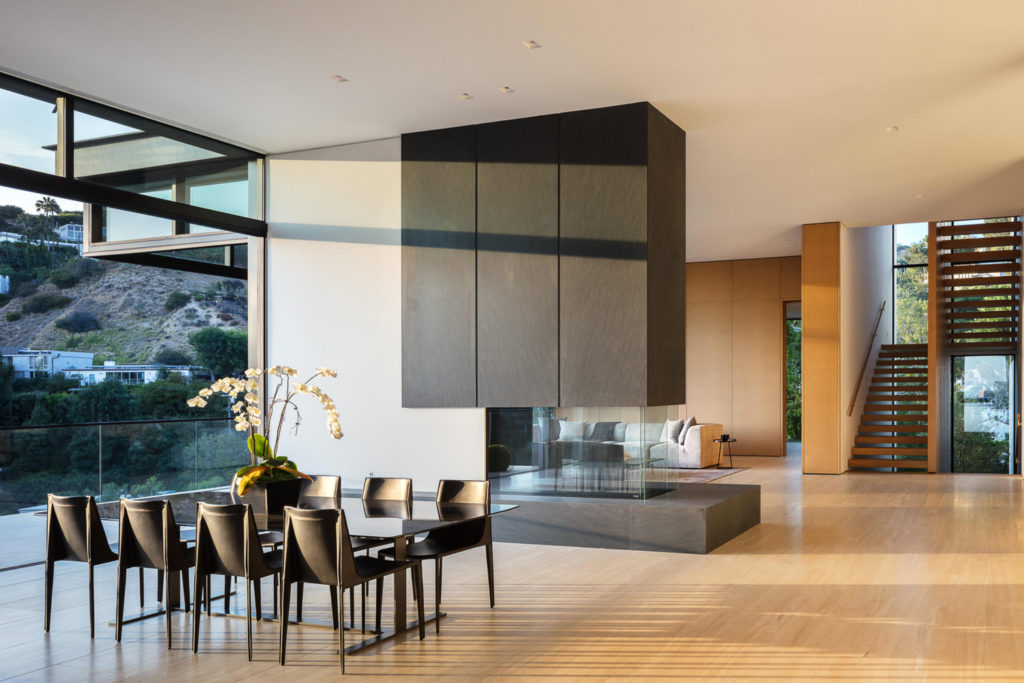
Interior design photography
Maybe 50/50. It can really clean a scene up and help with adding some snap and contrast to vignettes. Many designers prefer a bright natural light look which can be helped along with flash. Not for me, but there are lots of people doing it. There are just as many who love the bright white natural look. Find your style here – there are lots of ways to do it, but keep in mind we’re usually focusing on vignettes rather than the BIG PICTURE so we can shape the light a little better than we can when shooting wider architectural images.

Advertising photography
Basically every single photo has some light involved. Light painting, hot lights, flash too. There are textures, colors, and contours that we need to show that might be lost with just natural light. We might also be in a studio and have to create ALL of the light. And even if we’re on location, I try to jazz the shots up with a little light painting or flash to make them pop a little more than a subtle and contemplative architecture photo.
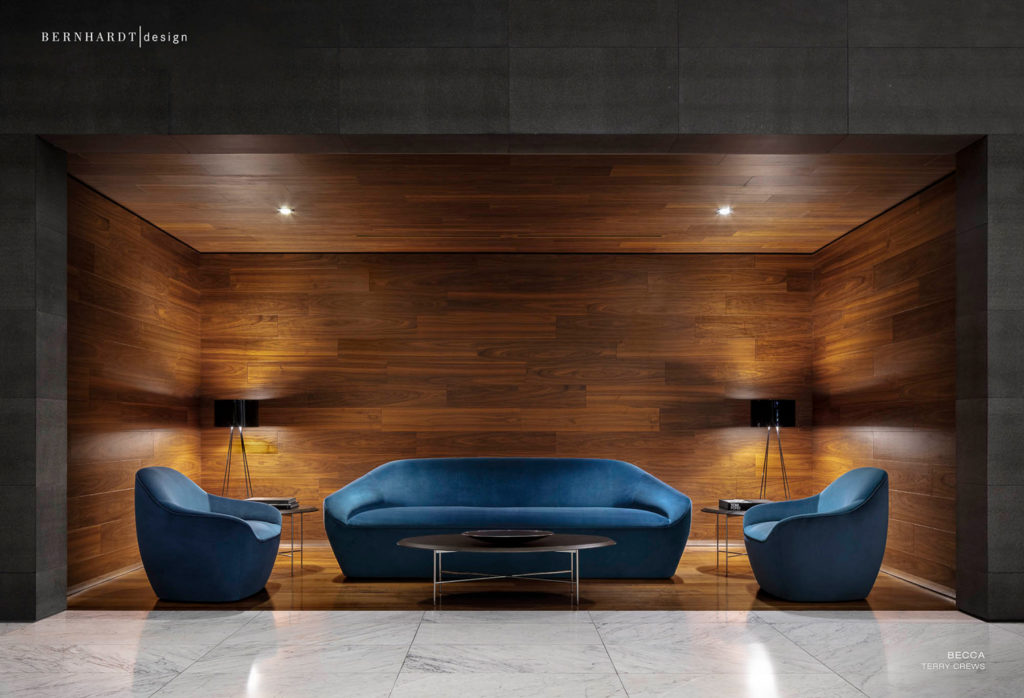
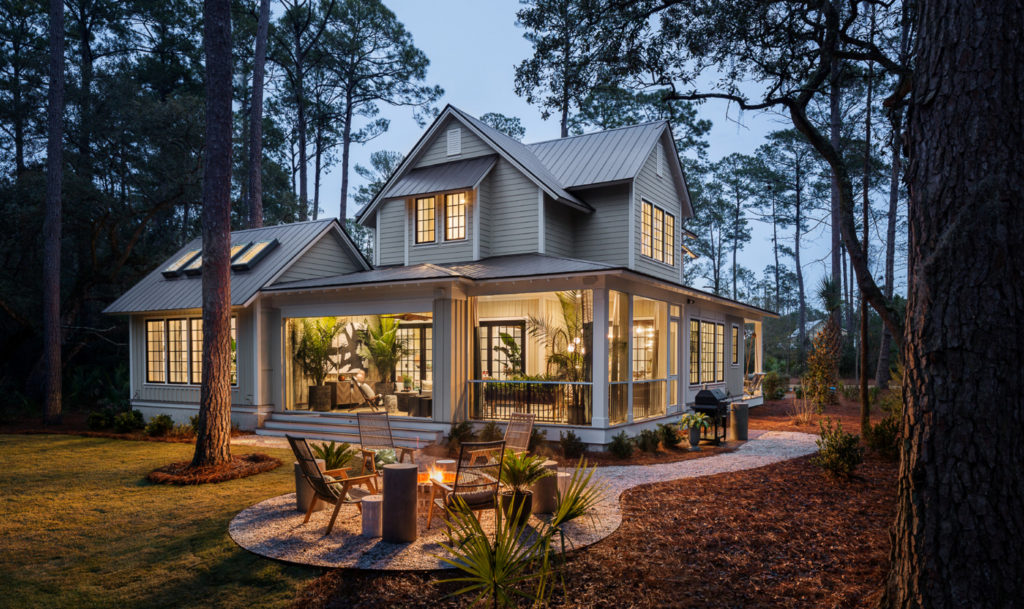
Real estate photography
I haven’t shot real estate photography in a while, but I definitely don’t do anything overly flashy here, even though the trend seems to be over-flashed bright whites or Stranger Things-style HDR. But unfortunately most of the houses that are being photographed for real estate just don’t lend themselves to good natural light photography. 99% of the stuff out there wasn’t designed by an architect to have perfect lighting at certain times of day – you’re shooting a tract home in Sacramento with dark wood interiors that looks like it came off the set of Arrested Development and you only have an hour to make it look good – hell with it, you’re gonna need to use some light!
Hotel photography
Absolutely. Have you stayed in a hotel room recently? 90% of them have one sad window at the end of a 25 foot (what’s that, like 7 meters or so?) room. The interior practical lighting is dire at best and pathetic at worst, and we have to get in and out between 11am and 3pm to guests can keep using the rooms. I’m on the road so can’t find an example at hand but go on Expedia or Kayak and you’ll know exactly what I mean.
Except for design hotels. Ah, heaven. Nothing beats when you’re able to get away shooting a hotel with natural light.
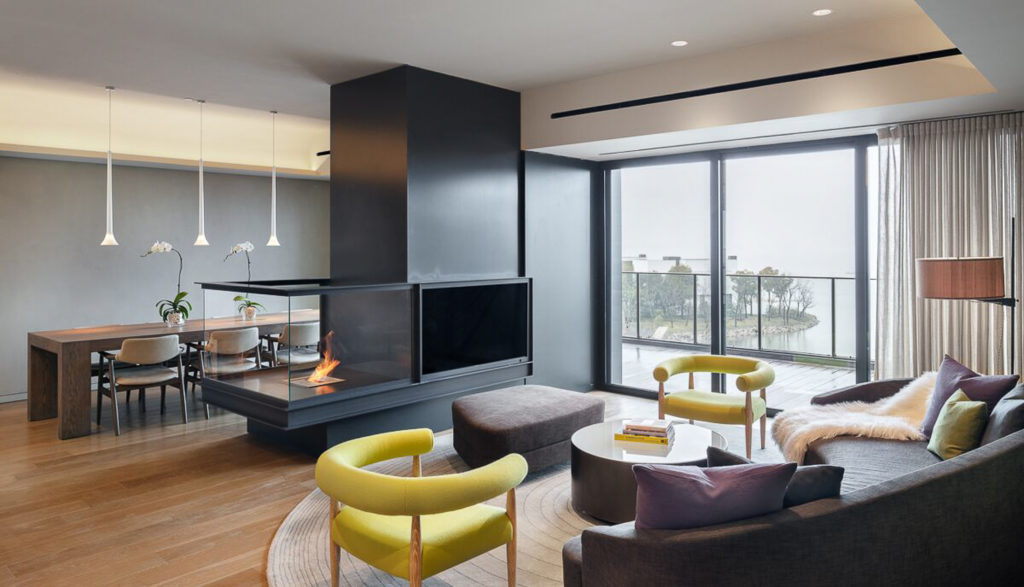
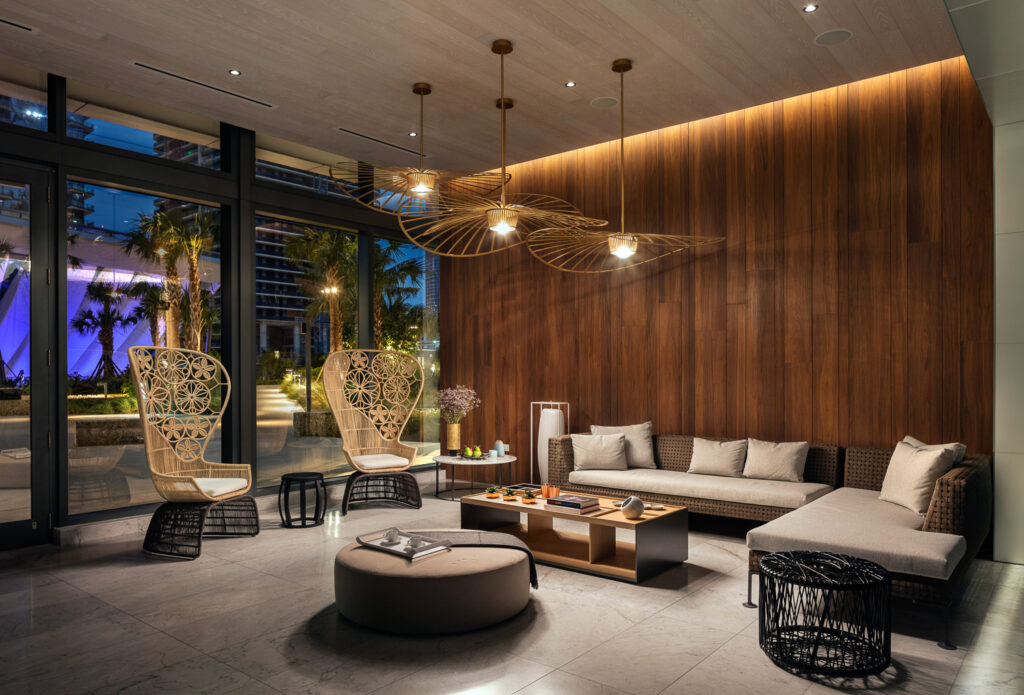
Bottom Line
It is ridiculous to say one ‘should use light’ or ‘shouldn’t use light’ or ‘doesn’t use light’ or any other thing like this. You need to find your voice and vision – and apply light, whether natural or artificial or strobe or hot, judiciously to the scene to get the photograph in your camera to look like the photograph in your head. Different subjects require, by their very nature, different approaches to making them look their very best, so don’t limit yourself to using only natural light. And of course, on the other hand…just because you have it, doesn’t mean you need to use it.
